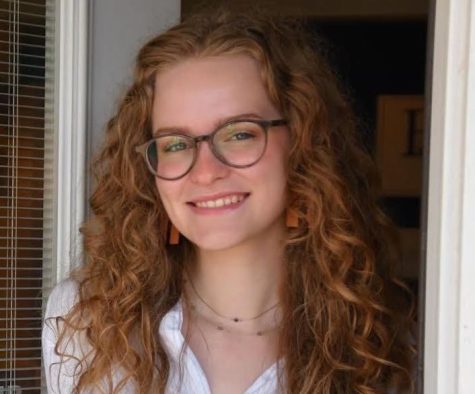University president optimistic about spring semester
November 17, 2020
Increased testing and accountable behavior. That is what South Dakota State University President Barry Dunn says will keep students on campus for next semester.
“We’ve tested well over 2,000 students on campus, it was a big breakthrough for us,” Dunn said. “But if we had tested 10,000 students instead of 2,000, we would have done better.”
This semester started with a few “bumps,” Dunn said, with ill-prepared quarantine housing and a spike in positives in August, but now the university has a better understanding of how campus can operate under these conditions.
SDSU introduced a color coded severity system to measure safety levels of COVID-19 that includes green, yellow, orange and red zones. The campus has stayed at an orange safety level the entire semester with limited gatherings and hybrid classes encouraged.
To get to a yellow zone, where more face-to-face classes and larger gatherings are allowed, aggressive testing is needed.
“Right now, our test positivity is so high, and we have to get that down,” Dunn said. “Which means we need to do more testing.”
As spring semester approaches, the university has a better idea of the student population and is more prepared to handle capacity issues in the classroom and with COVID-19 response.
However, Brian Maher, the executive director and CEO of the South Dakota Board of Regents says there are always ways to improve the university’s response to the pandemic.
“Much has been learned at the campus and system levels as we progressed through the fall semester,” he said. “Those ‘lessons learned’ are very useful to all of us as we look to the spring semester. The universities and their administrators and staff were proactive in sharing information and health-related guidance.”
As for the breaks, the Board of Regents voted to keep spring break and three-day weekends in a board meeting which took place Oct. 7. The decision came after consultations with multiple health experts and considering student feedback.
“There were pros and cons to all,” Maher said in a press release. “Absent a clear preference for changing the calendar, we opted to recommend the regents maintain the spring semester schedule as originally adopted … Students wanted their holiday and leave breaks maintained.”
Dunn is still worried about the potential spike in cases that come from spring break travel, though. He did say that testing both before and after spring break will help minimize potential spread on campus.
“I’m very sympathetic that nobody got long weekends, but we made it, our plan worked. In that two week period after spring break, students will have to be very, very careful,” Dunn said. “It could work, but it’s going to take a lot of discipline.”
Students can hopefully expect to see more in-person classes next semester as the university has a better understanding of capacity levels in the classroom while still maintaining social distancing.
“Provost Dennis Hedge has worked really hard to get as many face-to-face classes as we can,” Dunn said. “But it’s really a challenge because our campus is built for one situation and we’re trying to adapt it.”
Overall, Dunn said the semester ran smoothly and when some staff fell through because of contracting the virus, other members stepped in to help keep campus running smoothly.
“We’ve gotten to see really great folks,” Dunn said. “When student workers at the Wellness Center tested positive, football coaches came over and covered their shifts. There was a sense of camaraderie on campus.”
This semester has been a testament to how people can react in stressful situations and a learning opportunity for everyone. University officials are optimistic, though, about how the spring semester will play out.
“Hopefully, by the time we come back in the spring, we’ve learned,” Dunn said. “When we come back, we’ll pay more attention and be more careful to show the self-discipline that it’s going to take to stay here.”

























